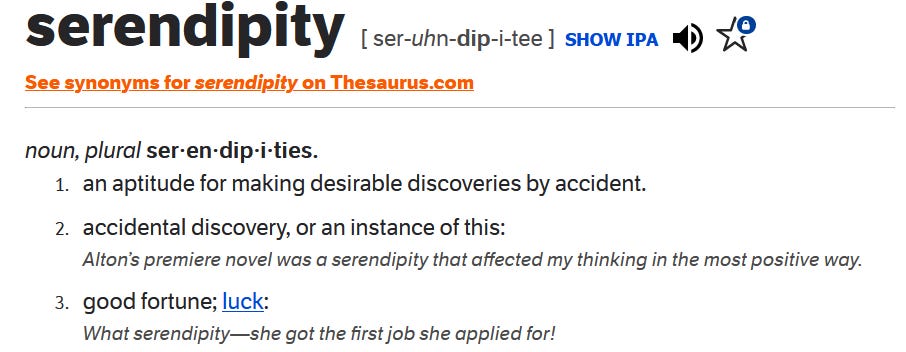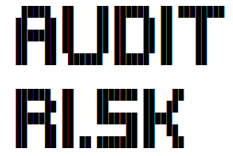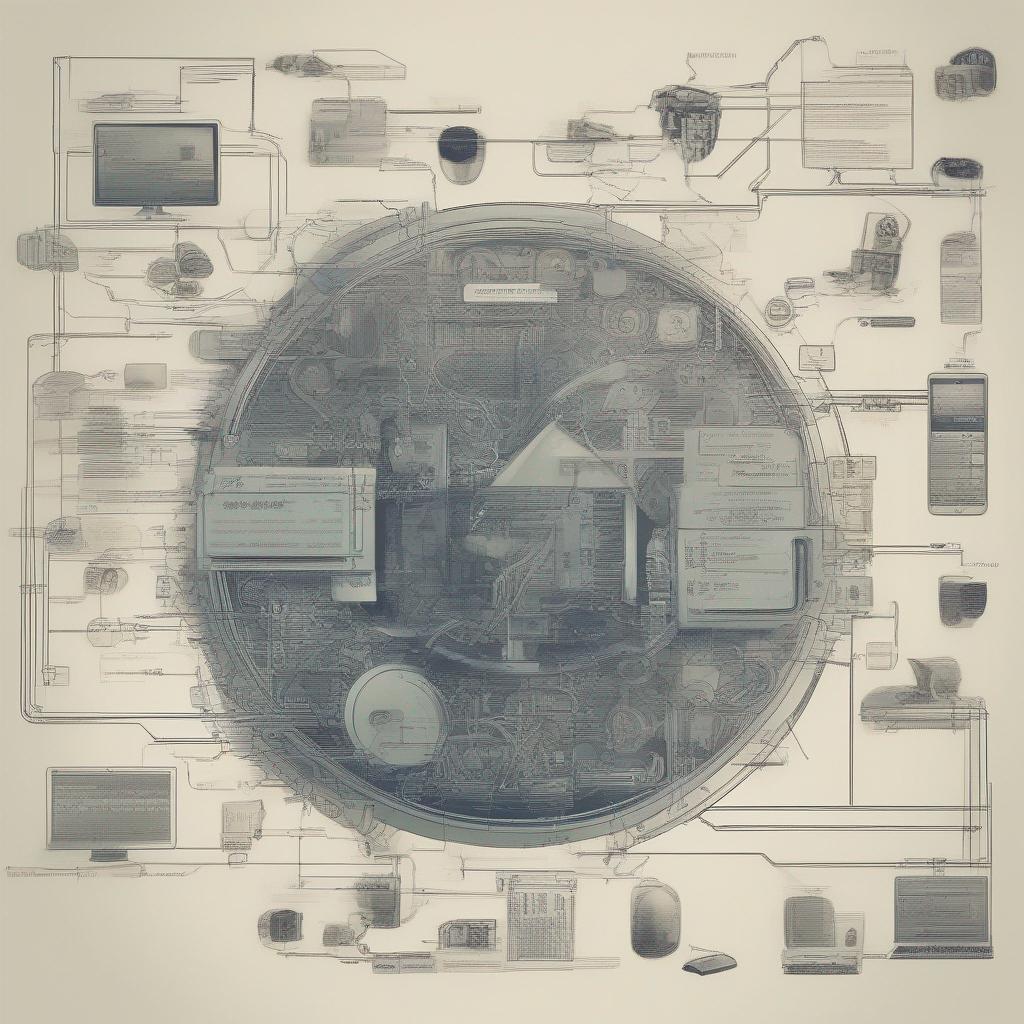Bridging Worlds: The Role of Generative AI in Human Communication
Image Source: Pixelverse
We’re using AI more and more. It’s inevitable that we improve our communication with AI and each other.
In the ever-evolving realm of digital interaction, interfaces play a pivotal role in facilitating seamless communication between humans and machines alike. Much like how Application Programming Interfaces (APIs) serve as the backbone for data exchange between software systems, the emergence of generative AI signals a transformative shift in human-to-human communication. So that would look like this: human-to-ai-to-human communication.
The Interface Evolution
For decades, APIs have been the unsung heroes of software integration, enabling applications to interact, share data, and enhance functionality. Similarly, generative AI has emerged as a powerful tool, transcending traditional boundaries to become a bridge between human minds. Let’s compare and contrast.
Programming Language vs. Natural Language
Programming languages are referred to as languages because, like human languages, they serve as a means of communication. While human languages facilitate communication between people, programming languages are used to communicate instructions to computers. Both types of languages share similarities in their ability to convey information and make things happen. However, there are key differences between programming languages and spoken/written languages.
Similarities
- Communication: Both human and programming languages enable communication. Human languages convey wants, emotions, and ideas among people, while programming languages instruct computers on tasks like displaying text or running games.
- Development: Over time, both types of languages evolve and introduce new concepts. They can become obsolete if not used.
- Expression: Mastery of language allows for effective expression. Just as a well-spoken person can convey ideas clearly, well-written code is readable and understandable.
Differences
- Learning Curve: Learning a new programming language is typically quicker than learning a new human language due to the structured logic behind programming languages.
- Rules vs. Patterns: Human languages have rules that are often broken without hindering communication, while programming languages follow strict rules for syntax and structure.
- Nuances: Human languages have nuances and complexities that take time to master for effective communication, whereas programming languages focus on clear and structured instructions for computers.
In essence, while both programming and human languages share commonalities in their ability to communicate and make things happen, the primary distinction lies in their intended audience (computers vs. people) and the level of structure and clarity required in conveying information.
Interface Example
An interface is really an agreed upon standard and meaning. For example, here is the definition of the word serendipity per dictionary.com. More or less, we English speakers understand and agree to this definition.

Source: https://www.dictionary.com/browse/serendipity
Application Programming Interfaces have more structured rules. To understand how Application Programming Interfaces (API) work, we’ll reformat the Serendipity definition above as a JSON document. JSON documents are both computer and human readable, which is a huge innovation. In JSON, data is stored in key value pairs. The syntax highlights the pairs below. Even if you’re not a coder, it’s a nifty way to share structure, right? While JSON is relatively easy to write, there is some additional overhead to ensure the formatting is correct. Computers around the world understand JSON, but proper syntax is required. If you forget one comma (,) then the computer throws an error.
{
"word": "serendipity",
"pronunciation": "ser-uhn-dip-i-tee",
"definitions": [
{
"part_of_speech": "noun",
"plural_form": "serendipities",
"meanings": [
{
"definition": "an aptitude for making desirable discoveries by accident."
},
{
"definition": "accidental discovery, or an instance of this: Alton’s premiere novel was a serendipity that affected my thinking in the most positive way."
},
{
"definition": "good fortune; luck: What serendipity—she got the first job she applied for!"
}
]
}
]
}Generative AI: A Universal Language
Generative AI represents a new frontier in communication, offering a universal language that transcends barriers of expertise and technical jargon. As more individuals become acquainted with generative AI’s capabilities, it has the potential to transform into a shared interface for expressing ideas, thoughts, and queries with unparalleled ease. Moreover, generative AI understands natural language, and doesn’t have to worry about proper syntax. It understands the Dictionary.com definition of ‘Serendipity’ even if the there is a typo or if the word is not used exactly as the explicit definition.
Seamlessly Connecting Humans
While APIs facilitate machine-to-machine communication, generative AI facilitates human-to-human interaction by interpreting and generating natural language. As its influence grows, it fosters clearer, more effective communication in our interconnected world, blurring the lines between technical and non-technical conversations.
Unleashing Creativity and Collaboration
The adoption of generative AI as a communication interface has revolutionized content creation, collaboration, and problem-solving. Generative AI empowers users to unlock their creativity, overcome writer’s block, and explore new perspectives by engaging in dynamic conversations. Much like APIs enable developers to communicate across platforms and programming languages, generative AI enables individuals to express themselves freely and collaborate in unprecedented ways.
The Future of Communication
As we navigate the evolving landscape of digital communication, the rise of generative AI signifies a new era where conversations transcend traditional boundaries. Whether it’s brainstorming ideas, drafting content, or engaging in meaningful discussions, generative AI serves as a mediator, enhancing our ability to connect, collaborate, and innovate.
In conclusion, the analogy between APIs and generative AI highlights the adaptability of interfaces in shaping the way we communicate. From the technical intricacies of APIs to the user-friendly conversations facilitated by generative AI, the journey underscores the transformative potential of interfaces in bridging worlds and fostering meaningful connections. As generative AI continues to redefine the landscape of human communication, its impact on digital discourse is poised to shape the way we exchange ideas for years to come.

